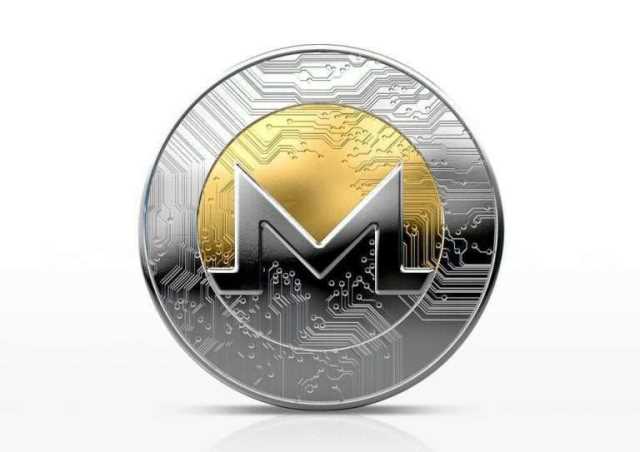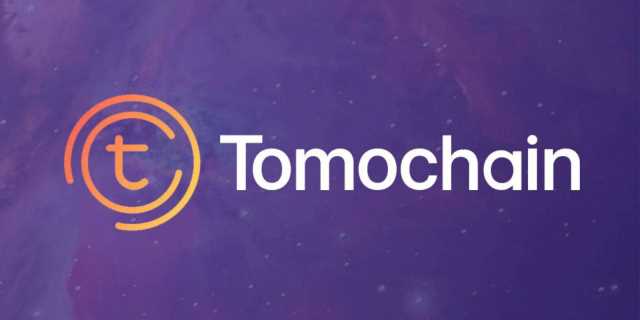
The trading volume for CryptoKitties was so high that the game’s developers decided to create their own “Flow” blockchain. The 2017 CryptoKitties craze highlighted the growing interest in NFTs and Ethereum’s speed and scalability concerns. Although Ethereum’s consensus mechanism was the same as Bitcoin’s, there’s no maximum cap supply on ETH coins. Buterin set the initial block reward for mining Ethereum at five ETH per block. Because Buterin wrote the Ethereum Whitepaper, he’s often credited as the developer who founded Ethereum.
- He’s chased building decentralized products and platforms and creating the world that a lot of people in this space think should exist,” says Andy Bromberg, CEO of fintech app Eco.
- I’m definitely hopeful and looking forward to seeing if something interesting can come out of that.
- Pre-generated signed “voluntary exit messages” no longer expire, thus giving more control to users staking their funds with a third-party node operator.
- According to the Ethereum Foundation’s official timeline, Ethereum’s history began in 2013 when computer scientist Vitalik Buterin published his Ethereum Whitepaper.
- Controversially, he’s determined that rollout will begin as early as the end of the year.
- This ‘thawing’ period enabled miners to start their operations and for early adopters to install their clients without having to ‘rush’.
- He is trying to find some way for cooperatives to be able to adopt DAO ideas and use DAOs as labor organizing.
Who are Ethereum’s co-founders and where are they now?
Buterin often dissects the flaws of obscure ideas he once wrote effusively about, like Harberger taxes. His blog is a model for how a leader can work through complex ideas with transparency and rigor, exposing the messy process of intellectual growth for all to see, and perhaps learn from. Those who know Buterin well have noticed a philosophical shift over the years. One of Buterin’s recent posts calls for the creation of a new type of NFT, based not on monetary value but on participation and identity. For instance, the allocation of votes in an organization might be determined by the commitment an individual has shown to the group, as opposed to the number of tokens they own.
Bitcoin Magazine

Buterin’s achievements with Ethereum, conceiving and creating the platform himself, make him a leader in the world of crypto. It has been said that Buterin today develops his time to research, removing the focus on him as a crypto pioneer. The team then established the Ethereum Foundation, a non-profit organisation based in Switzerland, that would run the crypto platform. During this time, Buterin attempted to join the crypto platform Ripple but was unable to do so because of US Visa issues.
Beacon Chain genesis
- To turn the Ethereum Whitepaper into a reality, Buterin explained his vision for a new blockchain at 2014’s North American Bitcoin Conference.
- Last week, Buterin donated about $600,000 in ether and maker (MKR) tokens to a COVID-19 relief fund for India.
- Ethereum was conceived by 19-year-old, Russian-Canadian, computer science geek and Bitcoin Magazine writer Vitalik Buterin in November 2013.
- The Merge is expected to dramatically reduce the Ethereum network’s energy consumption and to lower costs.
- Involved in crypto from its beginnings, Buterin is also the founder of Bitcoin Magazine and is today a figure synonymous with all things crypto.
- The Ethereum team offered an ICO (initial coin offering) for ETH to early investors later that year.
Since its launch in 2015, the Ethereum network has been instrumental in powering the next generation of decentralized applications (dApps) and, more recently, the world of decentralized finance (DeFi) more broadly. Note that a blockchain is a chain of chronologically ordered blocks containing the data of confirmed transactions. Think of it as a ledger where all the activities executed in a who made ethereum network or platform are being recorded. Importantly, this ledger is publicly available, meaning network participants and even outsiders can easily track its content. Also, copies of this ledger are distributed across a global network of computers known as “nodes.” These nodes perform a variety of tasks on the network, including verifying and recording transaction and smart contract data.
Famously, Dr. Gavin Wood helped create Ethereum’s Solidity coding language. Charles Hoskinson was also a key influence in Ethereum’s early development. Today, Wood and Hoskinson run the competing Ethereum projects Polkadot and Cardano, respectively. British computer https://www.tokenexus.com/ programmer Gavin Wood was introduced to Bitcoin—and, subsequently, Vitalik’s whitepaper—by Bitcoin evangelists Amir Taaki and Johnny Bitcoin. He got in touch with Buterin, and offered to write an implementation of Ethereum in the C++ programming language.
Constantinople EIPsOfficial improvements included in this fork.More
“We can have smart financial contracts that automatically shuffle money around based on certain formulas and conditions, smart domain name sale orders that give the domain to whoever first sends in $200. It was a watershed moment when Buterin’ dropped his white paper on Ethereum. The notion of developing a cryptocurrency as a utility leveraging blockchain technology broke new ground. For those new to crypto, a smart contract is a self-executing program whose terms and rules are encoded on a blockchain. Think of the Uber App on your phone, minus both Uber the company and your phone. Smart contracts aim to ditch intermediaries of all kinds, enabling seamless, automatic, trackable and irreversible agreements between any parties.
At this stage, he left university to travel the world for several months to connect with Bitcoin developers. This experience was crucial to Buterin’s development of the Ethereum model, as he felt that the developers he met were all too concerned with specific uses for cryptocurrency. Buterin came to believe that the next generation of blockchain systems should be more versatile and broader. Learn more about Consensus 2024, CoinDesk’s longest-running and most influential event that brings together all sides of crypto, blockchain and Web3.
The History of Ethereum: Its Origin and Upgrades
He released a white paper in 2013 describing an alternative platform that would allow developers to create their own decentralized applications using a built-in programming language. Many developers were drawn to this idea because these new applications would be accessible to a global audience, highly secure, and much faster to build because there are no intermediary services to integrate. Following the DAO hack, Ethereum introduced new governance proposals and upgrades to its blockchain. For instance, the Byzantium Fork of 2017 reduced the block reward from five ETH to three ETH. This upgrade introduced new technology that made it easier for blockchains to build on top of Ethereum. These layer-2 blockchains (e.g., Polygon) have become an increasingly significant aspect of the Ethereum ecosystem.
